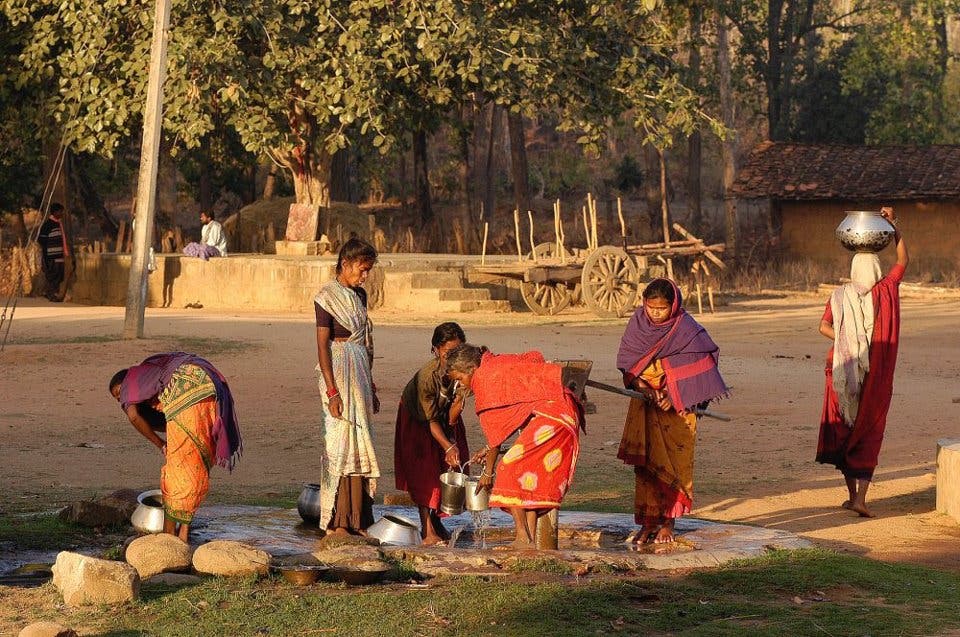Poverty in India has dropped stunningly from 21% in 2012 to 12.4%, according to the World Bank. That roughly means that they’ve taken 100 million people out of poverty in just two years, and it’s mostly thanks to electricity.

It’s a tricky thing to define poverty, but the global poverty line is generally defined at $1.90. It was changed from $1.25 in 2011, to adjust for inflation and the change in overall prices.
“The new global poverty line is set at $1.90 using 2011 prices. Just over 900 million people globally lived under this line in 2012 (based on the latest available data), and we project that in 2015, just over 700 million are living in extreme poverty,” the World Bank said.
Out of those 900 million people, 269 million were in India – over a quarter. So how exactly did they manage to reduce their poverty so drastically – or is it simply a statistical misrepresentation? Well, according to the World Bank, the figures are true – and the biggest difference was made by rural electrification, something of which India has seen a lot in the past few years. Investing in rural schools, especially for girls’ education was also highly impactful.
“Rural electrification in India has caused changes in consumption and earnings, with increases in the labour supply of both men and women, and promoted girls’ schooling by reallocating their time to tasks more conducive to school attendance,” said the Bank. “Investment in integration and connectedness through railroads in India helped reduce the exposure of agricultural prices and real income to rainfall shocks, and helped diminish the famine and mortality risks associated with recurrent weather shocks.”
According to official figures, some 96% of villages in India are electrified, but only 69% of rural houses are connected to electricity, so there is still plenty of room to improve.


